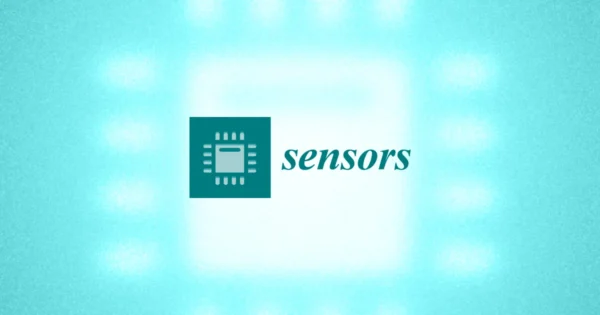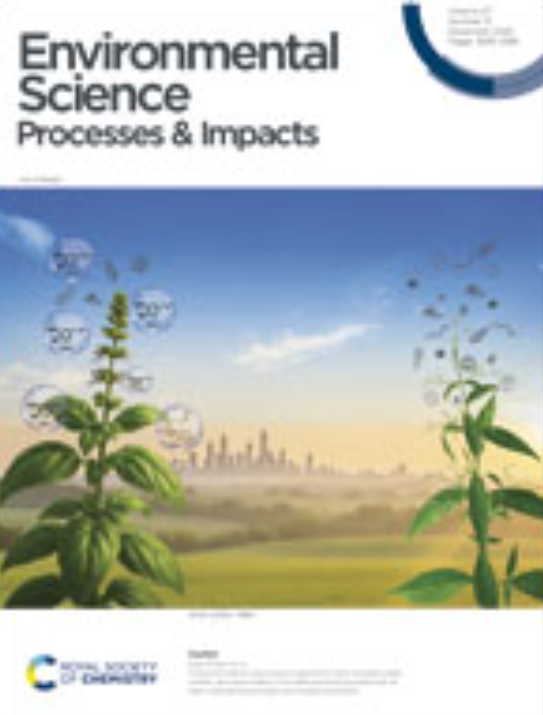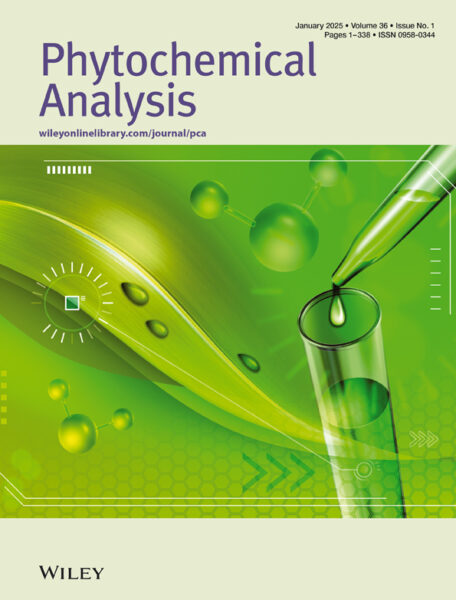Abstract
Trichomes in cannabis (Cannabis sativa L.) are specialized structures responsible for cannabinoid and terpene biosynthesis, making their density a critical parameter for both research and industrial applications. However, consistent trichome density assessment remains challenging due to anatomical variability and the absence of standardized methodologies. This review critically examines the existing literature on trichome quantification across key floral structures—such as bracts, sugar leaves, calyxes, and the main cola—to identify the most reliable sites and practices for accurate evaluation. Evidence suggests that bracts represent the most consistent sampling unit, given their homogeneous trichome distribution and elevated cannabinoid concentration. Whilst sugar leaves and calyxes are also frequently analyzed, their morphological variability requires cautious interpretation. Furthermore, trichome shape, size, maturity, and vegetal surface expansion/shrinkage during stress must be considered when correlating density with secondary metabolite production. We also highlight the advantages of using more than only one floral structure and integrating microscopic imaging and software-assisted analysis to enhance reproducibility and accuracy. By synthesizing current methodologies and proposing pathways for standardization, this review aims to support more robust trichome assessment protocols, ultimately improving cannabinoid yield optimization, quality control, broader cannabis research frameworks, and an important aesthetic parameter for consumers. Future research efforts should focus on advancing imaging methodologies and optimizing sampling protocols to further improve the precision and reproducibility of trichome density and cannabinoid analyses.




